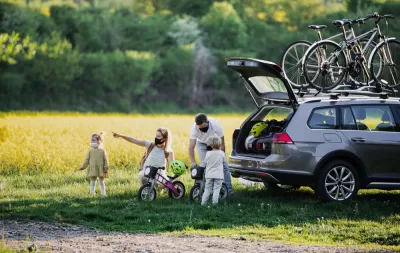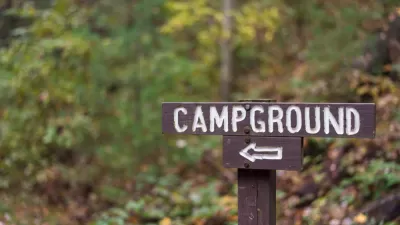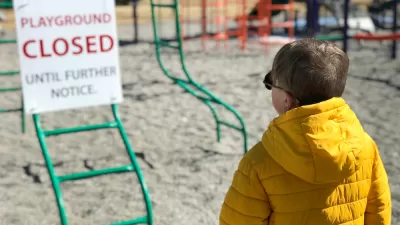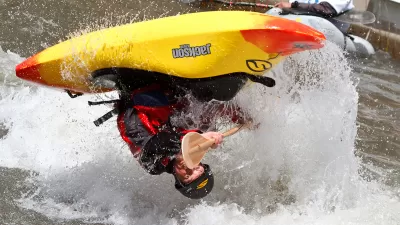A new report commissioned by the Outdoor Industry Association offers valuable insights about Americans’ engagement in outdoor activities amid the COVID-19 pandemic.

Amidst the COVID-19 pandemic restrictions, more Americans have turned to the great outdoors, some for the first time and others for the first time in many years. The Outdoor Industry Association (OIA) commissioned a special report from research partner NAXION to study and provide insights about Americans’ engagement in outdoor activities during the pandemic. Specifically, the report examines demographics and psychographics of new outdoor participants which are defined as people who participated in an outdoor activity for the first time during the pandemic or after a significant lapse.
Some of the report's key findings are:
- Those who participated in an outdoor activity for the first time alone did so close to home and chose an activity with a low barrier to entry (e.g., walking, running, biking, hiking, etc.).
- More than 60 percent of those who started or resumed walking, bicycling, fishing, or running/jogging intend to continue once restrictions lift.
- The top reasons for starting an outdoor activity during the pandemic include getting exercise, staying healthy, and getting out of the house.
- Walking is the most commonly reported new outdoor activity. One-quarter of new participants report that they picked up running/jogging and/or bicycling. Birdwatching and fishing form a third tier of new or resumed activities.
- About one-quarter of new participants say they don't want to continue their outdoor activities. Among the few that aren’t likely to continue their new outdoor activities, the top barriers include travel, resuming other activities, and family demands.
- A lack of information about where to go, how to participate, and whom to participate with can be a barrier to trying new outdoor activities. Providing this kind of information could keep new participants engaged and attract others.
For more information, please review the report in its entirety.
FULL STORY: 2021 Special Report: New Outdoor Participant (COVID and beyond)

Planetizen Federal Action Tracker
A weekly monitor of how Trump’s orders and actions are impacting planners and planning in America.

Maui's Vacation Rental Debate Turns Ugly
Verbal attacks, misinformation campaigns and fistfights plague a high-stakes debate to convert thousands of vacation rentals into long-term housing.

Cuomo Is the Candidate of Both NIMBYs and Developers. What Gives?
In the New York City mayoral race, odd bedfellows align to preserve the housing status quo.

Amtrak Rolls Out New Orleans to Alabama “Mardi Gras” Train
The new service will operate morning and evening departures between Mobile and New Orleans.

The Subversive Car-Free Guide to Trump's Great American Road Trip
Car-free ways to access Chicagoland’s best tourist attractions.

San Antonio and Austin are Fusing Into one Massive Megaregion
The region spanning the two central Texas cities is growing fast, posing challenges for local infrastructure and water supplies.
Urban Design for Planners 1: Software Tools
This six-course series explores essential urban design concepts using open source software and equips planners with the tools they need to participate fully in the urban design process.
Planning for Universal Design
Learn the tools for implementing Universal Design in planning regulations.
Heyer Gruel & Associates PA
JM Goldson LLC
Custer County Colorado
City of Camden Redevelopment Agency
City of Astoria
Transportation Research & Education Center (TREC) at Portland State University
Jefferson Parish Government
Camden Redevelopment Agency
City of Claremont





























